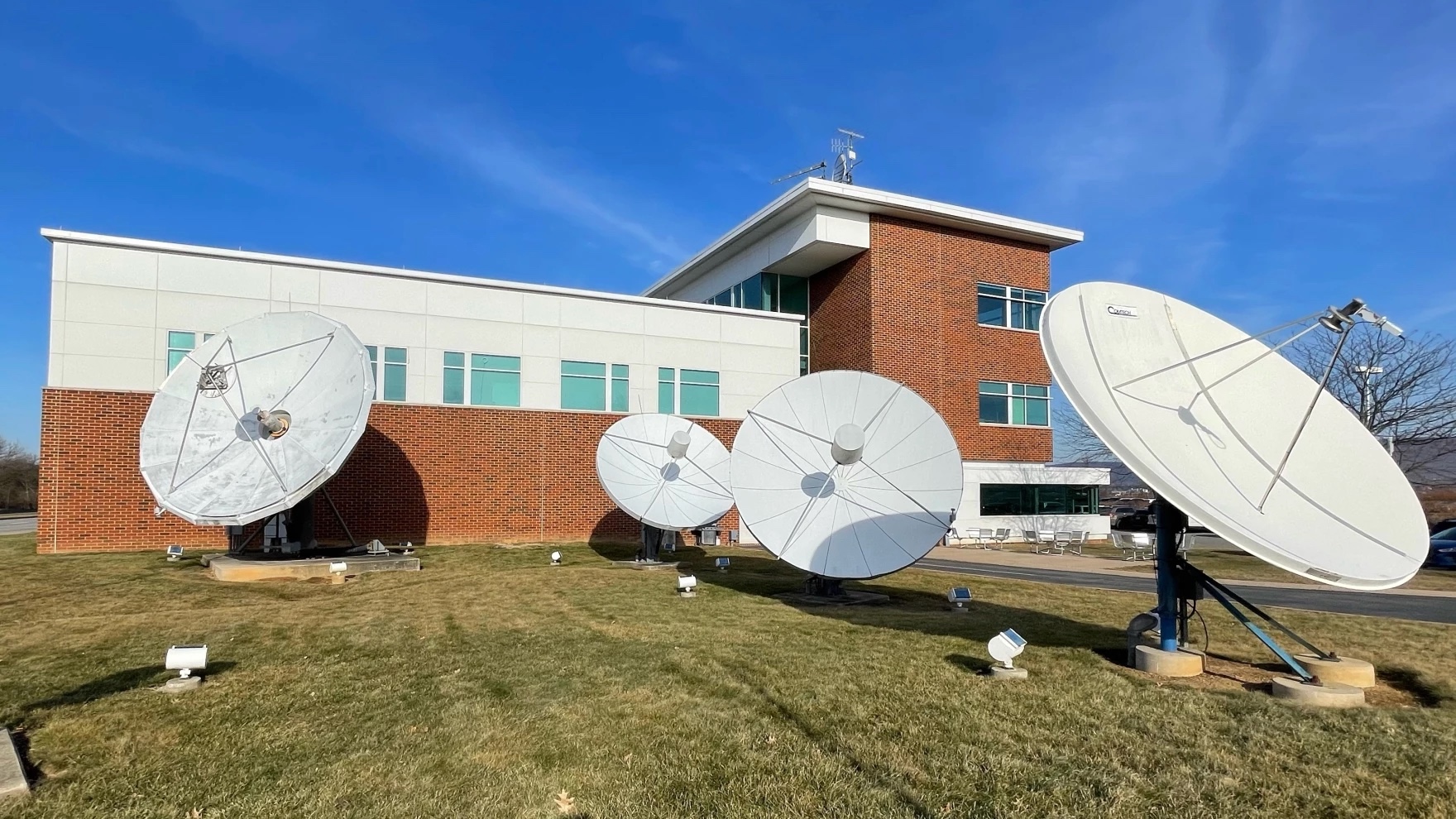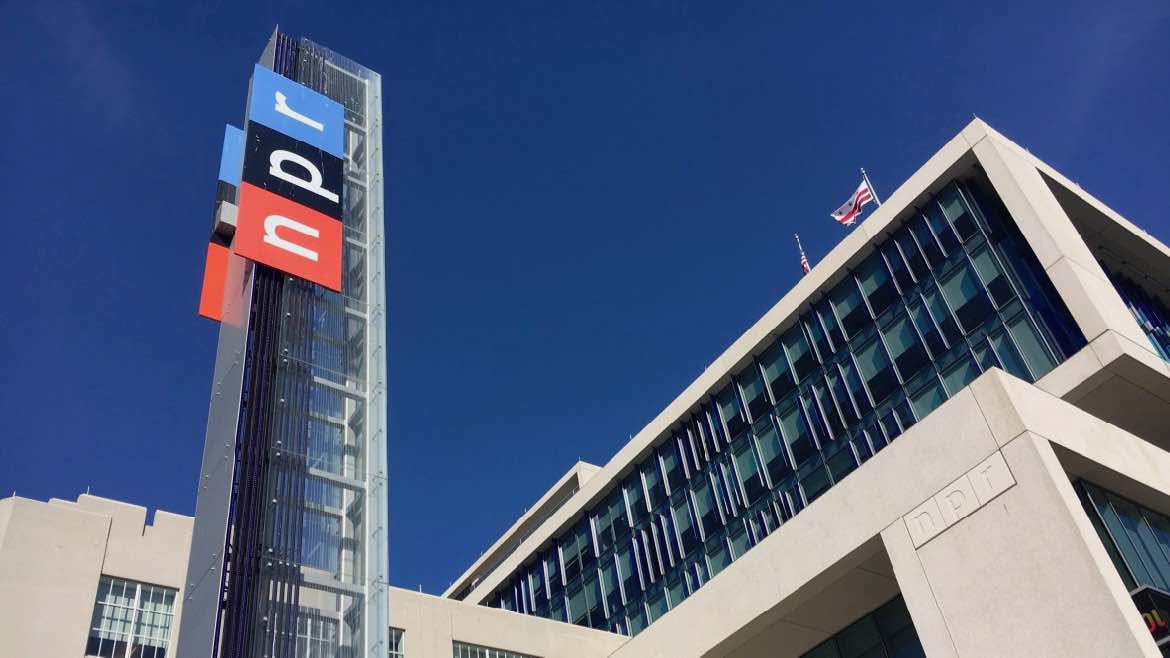Stern’s latest credit: completing the search for NPR’s future home
In 2012, when NPR moves to its recently acquired headquarters site seven blocks east of its present home, it will have much more room for growth than it had after its last move, with as much as four times the floor space.
In 1994, when the network moved into its present home, 635 Massachusetts Ave. N.W., it had about 400 employees. The building, with less than 150,000 square feet, could accommodate just 480, NPR said at the time.
The space was soon outgrown. Since then, the NPR staff has grown by half to about 600, overflowing into rented space.
The developer of the new site at 1111 N. Capitol St., N.E., J Street Development Co., obtained city approval to develop a complex of 600,000 square feet.

The site is in the city’s NoMa business improvement district, which stretches along the railyards above Union Station.
Ken Stern, c.e.o. of NPR, and city officials announced the site selection March 5, the day before the network’s board relieved him of his job (separate story).
NPR will design a “green” building that will at least meet the “silver” level of Leadership in Energy and Environmental Design (LEED) certification, Stern wrote in a memo to the staff.
The network has adequate credit and cash flow to borrow the funds but will consider “a supplemental fundraising effort” to hold down carrying costs, he wrote.
NPR, which has yet to develop architectural plans for the site, released no cost or space estimates except to say that the new site will accommodate a 60,000-square-foot newsroom for both broadcast and online.
The building now on the site — mostly three and four stories high, built by Chesapeake & Potomac Telephone Co. in 1927 — housed C&P’s fleet of repair trucks, a telephone overhaul shop and offices for three decades. It’s now rented by the Smithsonian Institution for work space.
The plain white concrete structure with subdued art deco details is protected as a historic building, but in December the developer obtained city approval to demolish about half of it, making room for a new office tower behind and retaining the front wall — a historic-preservation compromise known locally as a façadomy.
If developed according to those plans, the new tower would contain 525,000 square feet and the remainder of the old structure would have 78,600, according to a city planning office document.
Stern indicated that NPR would follow a similar plan for the site, erecting a new tower of 10 to 12 stories behind the historic façade, according to a memo to the staff. But the network will devise its own plan to deal with the historic-preservation restrictions, said NPR spokesperson Andi Sporkin. (The developer had won approval by pledging to create a small museum of telephone history on the ground floor, maintain it for at least 10 years and salvage a rooftop water tower by converting it to public art.)
Sporkin enjoys the historical resonance of a digital-media organization reviving a facility from another era of cutting-edge technology. Soon after erecting the North Capitol Street building, the phone company introduced dial telephones to let customers make their own connections instead of asking operators to make them.
The sites not taken
NPR extracted promises of tax concessions from both the District of Columbia and neighboring Montgomery County, Md., where NPR was considering a site in Silver Spring, within blocks of Discovery Communications’ home complex.
To win the high-profile network, D.C. pledged to levy no property taxes for 20 years, worth an estimated $40 million, according to city spokesperson Sean Madigan. In the meantime, the city agreed to limit tax increases on NPR’s present site to no more than 3 percent a year, he said.
Montgomery County offered a similar package, including property tax exemption worth $32 million and construction of a parking garage worth $15 million to $18 million, the Gazette newspaper reported. In November, with NPR’s needs in mind, the county council had raised the height limit for new buildings around the site NPR was considering, with even more leeway in case anybody wanted to install rooftop satellite dishes.
The network began real-estate shopping in mid-2006 and whittled down its list of potential sites from more than 100 to three by late 2007, according to Sporkin. Next to be eliminated was 225 Virginia Ave. S.E., once home of the late Evening Star newspaper.
The deciding factor, she said, was that the D.C. site would accommodate the whole Washington-area staff at one site, while moving to Maryland would have required NPR to build a separate news bureau in D.C.
Staying at the present site was not an attractive option. Sporkin said renovating troublesome plumbing and other systems would have cost $30 million and rebuilding it to create the single newsroom would have cost $200 million, including the costs of housing the staff elsewhere during construction. And either option would have yielded a structure that still would be too small.
NPR has moved east and north with the march of office development in the city. Its present home, on the margin of a decaying neighborhood in 1994, is now surrounded by new apartments and adjacent to a vast new convention center.
The new site, in the NoMa (North of Massachusetts Avenue) area along Union Station’s railyard, is changing from light industrial to apartments and offices, including other media groups. XM Satellite Radio’s studios are located several blocks to the north and CNN’s Washington bureau two blocks south of the NPR site, with C-SPAN, Fox News and others nearby.
Easy access to the Metro transit system was a major criterion in choosing a location, Sporkin said. A new Metro station opened recently about four blocks from the site.
The Treasury Department’s Bureau of Alcohol, Tobacco, Firearms and Explosives relocated next to the Metro station last year, and the Equal Employment Opportunity Commission will move in this year. A day after the NPR announcement, the government announced that 2,000 Justice Department workers will move to NoMa in 2010, along with an upscale Harris Teeter supermarket.
Across North Capitol Street, a developer will replace the troubled low-income Sursum Corda housing complex with a mix of housing for present residents plus an influx of higher-income residents, according to the city.








